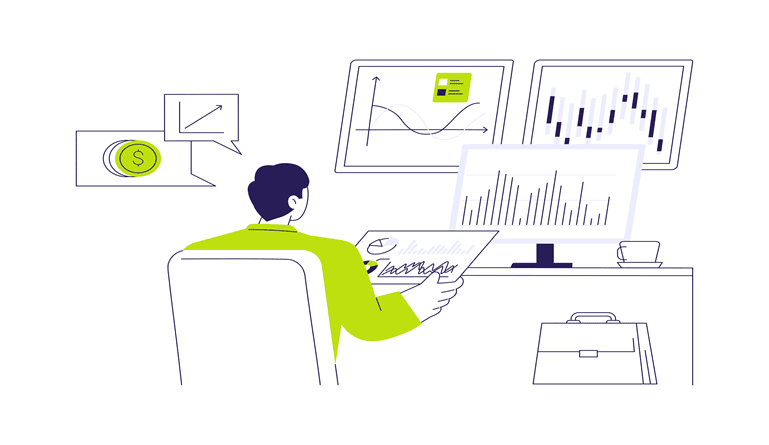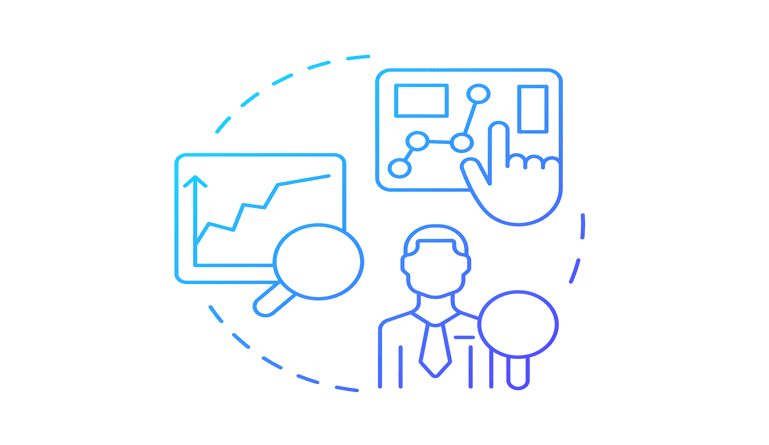Microfinance is the practice of extending small loans or lines of credit to individuals who don’t have access to credit or financial services, typically in parts of the developing world or rural regions. Usually these microfinance recipients go on to fund the purchase of a product or materials that enables them to sell wares, goods, or services to support themselves and their families, essentially becoming a small business owner. The funds generated from the sale of their products and services helps them pay their microfinance lender back and break the cycle of personal poverty by providing them with a way to work for themselves.
The business of microfinance is not new, but it has received increasing amounts of attention from the finance community in recent years, particularly as people wonder if there is lasting value and social impact in the practice of microfinance.
Types of Microfinance
There are several financial products that fall under the umbrella of microfinance.
Loans: Loan amounts run a significant range, but the commonality is that loans are repaid with interest to the lender. Some loaners require that recipients set aside a part of their business income in a savings account in case of a loan default. In many ways, microfinance loans function exactly like large-scale loans. Since these loans are meant to help develop assets and a business, they often have longer payback schedules
Emergencies: Somme organizations specialize in loans that are paid out in emergency situations, such as health issues or funeral arrangement. These are often interest free and have shorter payback periods.
Savings: Some microfinance institutions provide funds to help an individual or business build savings and investments, to increase the likelihood of sustained and regular income and help end generational poverty.
Microfinance sites like Kiva ask regular people to become investors for as little as $25. Because these microfinance loans are not a donation and are paid back as entrepreneurs earn income and generate revenue, these loans can be re-dispersed to other individuals or businesses and paid back again and again, meaning these small loan amounts of an opportunity to make a significant difference in people’s lives and communities across the globe. This helps generate greater creativity and innovation, encouraging people to do more with less and use the available resources to build something of lasting value.
Measuring the Impact of Microfinance
It’s clear that giving marginalized groups the opportunity to participate in the economics of their community would have a significant social impact, particularly if things like location, income, or employment were previous access barriers. But what are the specific social areas impacted and how are these measured?
Several studies conducted over the last decade and a half show that those who have access to microfinancing options have a higher quality of life and greater access to education than those without microfinance opportunities. Several things measure into the idea of social impact:
• Economic stability and security
• Access to funding
• Increased number of businesses launched
• Improved credit history
• Lower poverty numbers
• Greater education admission and enrollment
• Increased job creation
• Reduced reliance on social programs or family assistance
• Access to better services, such as health care and housing
More finance experts agree that more analysis is needed to fully understand the long-term social impact of microfinance, and more questions about the demographics need to be explored. Does one gender group fare better than another? Does social support and family relationships help support success? Does location and culture matter in the creation and long-term success of a business? Are new entrepreneurs helping to encourage lasting innovation in their communities or just selling products and services to support their families?
The importance of microfinance and microfinance organizations is huge across the developing world. It helps increase innovation and entrepreneurship, plus encourages job creation and sustainable business. With more people working, there is more capital created and more money to spend on products and services from around the globe, which impacts the economy positively.




